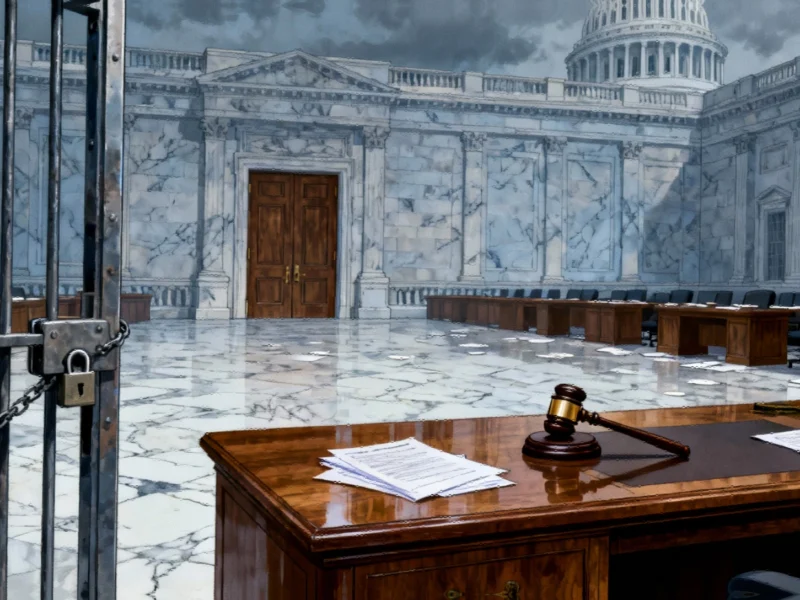Judicial Ruling Sparks National Security Versus States’ Rights Debate
A federal appeals court has authorized the deployment of National Guard troops to Portland, overturning previous injunctions and igniting a constitutional debate about presidential authority versus state sovereignty. The 2-1 decision from the Ninth Circuit Court of Appeals represents a significant development in the ongoing legal battle between the Trump administration and state officials regarding the appropriate use of military personnel for domestic law enforcement.
The ruling comes as federal appeals court clears path for National Guard deployment despite objections from Oregon’s attorney general, who warned the decision grants the president “unilateral power to put Oregon soldiers on our streets with almost no justification.” The dissenting judge echoed concerns about establishing a dangerous precedent for military deployment within state borders without gubernatorial consent.
Legal Timeline and Constitutional Implications
The legal journey began when U.S. District Court Judge Karen Immergut issued a temporary restraining order blocking Trump’s use of the Oregon National Guard, followed hours later by blocking another attempt using Texas National Guard units. The Justice Department successfully argued that troops were necessary to address ongoing protests at Portland’s ICE facility, where demonstrations have persisted for months.
Legal experts note this case touches upon fundamental questions about the Insurrection Act and the balance between federal and state authority. The majority opinion characterized the 60-day deployment as a “measured response” to what the administration describes as persistent lawlessness that local authorities have failed to address adequately.
Technological Context in Modern Security Operations
Modern military and security operations increasingly incorporate advanced technological systems, including recent technology developments in surveillance and communication equipment. The deployment comes amid broader industry developments in security infrastructure, where innovations in data processing and remote monitoring capabilities are transforming how security operations are conducted.
These related innovations in security technology parallel advancements seen in other sectors, where organizations are implementing sophisticated systems to enhance operational effectiveness. The integration of advanced computing systems represents part of larger market trends toward digital transformation across multiple industries, including defense and public safety sectors.
Administration’s Position and State Response
The White House celebrated the ruling as vindication of the president’s authority, stating: “President Trump is exercising his lawful authority to protect federal assets and personnel following violent riots that local leaders have refused to address.” Administration officials emphasized their position that the deployment falls within well-established presidential powers to protect federal property and personnel.
Oregon Attorney General Dan Rayfield expressed grave concerns, stating, “We are on a dangerous path in America,” while urging the full Ninth Circuit to review the panel’s decision. The state’s legal team argues that the deployment violates the Posse Comitatus Act limitations on using military forces for domestic law enforcement.
Broader Implications for Federal-State Relations
This case occurs within a complex landscape of industry developments in governmental technology and security coordination. The controversy highlights ongoing tensions in federal-state relations and raises questions about how emerging market trends in security technology might influence future domestic deployment decisions.
As legal challenges continue, this ruling temporarily resolves the immediate question of deployment authority while setting the stage for potentially landmark constitutional decisions regarding the limits of presidential power in domestic security matters. The outcome could establish important precedents for how future administrations address similar situations involving state resistance to federal security initiatives.
The situation continues to develop as legal teams prepare additional challenges and security officials coordinate deployment logistics. The full implications for federal-state cooperation and constitutional separation of powers remain to be fully determined through ongoing judicial proceedings.
This article aggregates information from publicly available sources. All trademarks and copyrights belong to their respective owners.
Note: Featured image is for illustrative purposes only and does not represent any specific product, service, or entity mentioned in this article.



